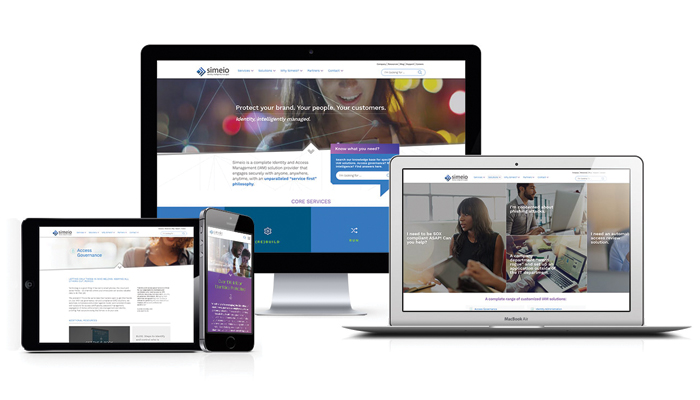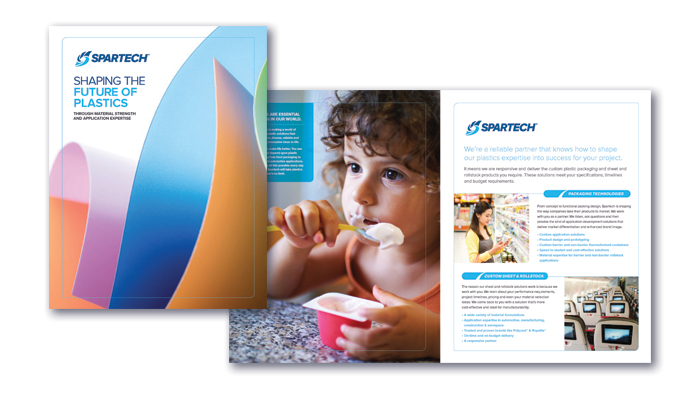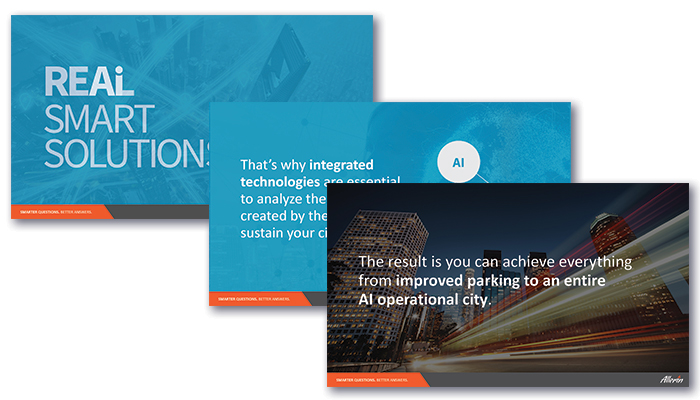Everything we do is designed to get you Where you want to be.™
Everything we do is designed to get you Where you want to be.™

Business owners and operators need to make hundreds of decisions each day, and it can be tempting to let decisions about brand and marketing slip through the cracks. Then when a need arises – like a looming tradeshow or presentation deadline – the response is typically to knee-jerk a couple of one-off projects to overcome the immediate crisis.
Over time this approach can fracture a company’s brand and overall messaging, which can confuse and eventually drive away potential customers.
One way to avoid this situation is to step back, breathe, and then create a brand anchor that can be used to solidify all the elements of your brand. It’s not only a useful shortcut to develop fully integrated marketing cost-effectively, but it also forces companies to look at the whole forest, not just the trees when putting out a fire.
A brand anchor is a central piece of collateral (print or digital) that communicates all or most aspects of your brand and messaging. Below are a few examples of good brand anchors:

More than anything else, a company’s website is the first and most-often referenced element of their brand. It’s more than just a placeholder on the internet. It’s the central hub to which all other brand elements connect. When a current or potential customer wants to learn more about your company, the first thing they do is look up your website. All of your print media, advertising and social media direct customers to the site for more information. When they want to contact you, they look to the website to learn how.
Also, your website contains all the elements that make up your brand story: strategy, messaging/tone, colors, typography, photography (or illustration).
Given the weight that the website carries, it is really the perfect anchor project on which to base your brand. When the site is completed, you can use the same elements to create smaller projects that will be grounded in all the decisions made on the website.

An excellent company brochure can encompass all the things that a website does, which makes it another effective brand anchor. That said, there are a couple of disadvantages to a brochure, as compared to the website.
One is the cost as it relates to flexibility. When you finalize and print a brochure, all the information is literally set in ink. In contrast, a website can be updated to reflect new information or products. Another disadvantage is accessibility to the end user. A brochure needs to be sent or somehow presented to a potential customer, whereas the website is available at any time.
The advantage to a brochure is that you can’t mail a website, right? Also, at times, people like to flip through a physical document as opposed to reading on a screen. There are also many options for print production techniques and paper textures and weight that can enhance the brand story. All these things can make a compelling company brochure a valuable brand anchor.

For any company, this document is where the rubber meets the road. If you can’t sell your brand story at this level, whether to a direct potential client or a potential investor, then you have a major problem.
Using a sales deck as a brand anchor makes a lot of sense because it’s an opportunity to dig into the nuts and bolts of; who the company is, how the process works, what the sales process is, and also, who the main players are.
Examining a company at this level of detail can truly create a solid foundation on which to build one’s brand.
A company’s brand is only as strong as the strategy behind it. The first step to creating a good brand anchor is to establish a solid foundation for brand strategy against which all future brand elements can be measured.
The next step is to use the strategy to create messaging and develop the tone, whether it’s more serious and corporate, playful, family-friendly, or whatever.
From there, design concepts and production/development of the final piece are completed.
As decisions are made through the completion of the brand anchor, other projects can be considered and executed. These can include any supporting collateral like sell sheets, emails, postcards, advertising, etc.
The benefit to a good brand anchor is that it can be used as a reference for all other brand elements. This can ensure that your brand and messaging will remain clear and consistent across the spectrum.
A strong anchor doesn’t drag you down; it can propel your business. If you think your brand has lost its mooring, is missing a clear call to action, or lacks consistent messaging – give us a call or stop by any time. We’d love to help.

There are a lot of great story-tellers, but there aren’t enough story-understanders. When clients have trouble explaining a new value proposition, David can name that tune in fewer words than they imagined possible. When prospects come to us with a symptom, David asks the (sometimes hard) questions that get to the root of the problem. Then he solves it. After decades in account management and creative roles, David is able to bridge the gap between creatives and clients (and back). Oh, and he can tell stories, too.
Let’s create your next chapter and uncover what moves your customers and the sales needle.